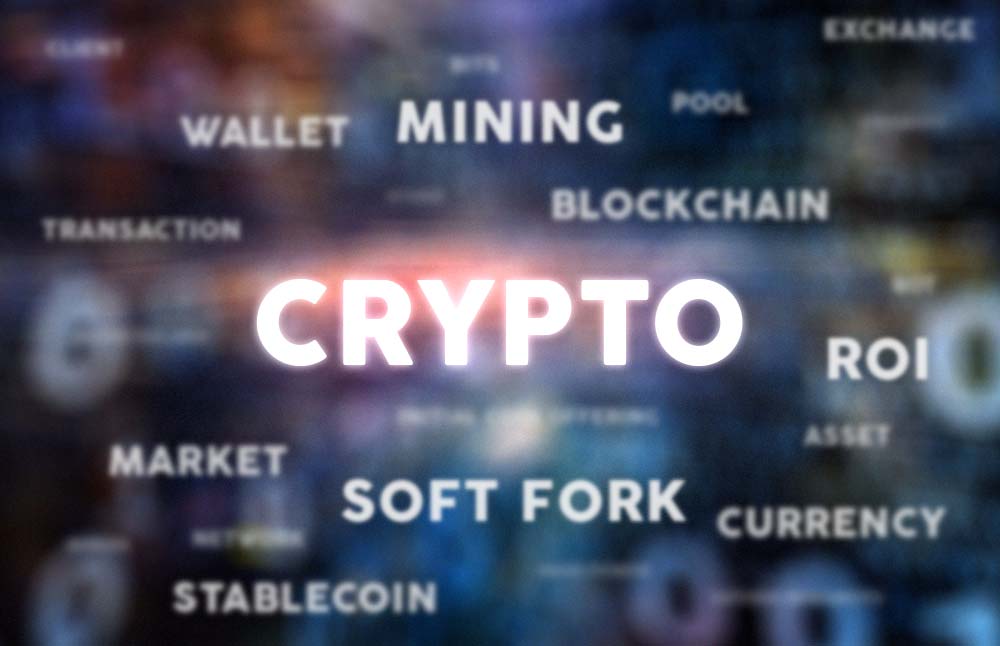Why NFTs can be a riskier investment than cryptocurrencies, report

New 90+page research report on NFTs discusses how investors get stuck holding NFT hot potatoes when liquidity dries up.
Investors who survived the 2008 financial crisis understand the importance of liquidity. When an economic recession starts, deflationary pressure hits the market, and buyers disappear. Sellers frantically try to sell assets before their prices drop further, but buyers want to de-risk and go into safe-haven assets, such as treasury bonds and money market funds.
The lack of liquidity associated with nonfungible assets is the one reason why investors may think they are riskier than cryptocurrencies. When an investor wants to sell Bitcoin (BTC), they can easily sell to an order book of buyers at various price points. If a seller doesn’t sell their Bitcoin today, they can easily come back tomorrow and part ways with their Bitcoin in favor of willing buyers.

In contrast, nonfungible tokens (NFT) are unique, and matching sellers with buyers is much more difficult. Cointelegraph Research analyzed what liquidity looked like for NFTs and whether some collections were traded more frequently than others. Cointelegraph Research is releasing its first-ever report on NFTs in October to answer exactly this question and many more surrounding the risks associated with NFTs.
What does liquidity mean in the context of NFTs?
There isn’t a market for “Mona Lisa” paintings because there is only one “Mona Lisa.” Similarly, NFTs have a low level of liquidity compared to fungible currencies. One reason is that collectors often wish to keep their NFTs rather than trade on speculative markets. Another reason is that NFTs are traded bilaterally on marketplaces, with a small pool of potential participants for each sale.
For example, a sports card NFT of a specific player might only be in demand by a subgroup of collectors. Furthermore, not every NFT is a perfect substitution for another NFT. If, for example, Mike wants a 1988 Michael Jordan NFT for his birthday but gets a 2014 Lebron James instead, Mike might not be very happy. Due to the difficulty of comparing different NFTs being offered by sellers and the low number of bids being made by buyers, there is a low number of total transactions. This low turnover makes it more difficult to determine each NFT’s value.
For fungible assets, such as stock shares, liquidity can be measured by dividing the total number of shares traded during a particular period (such as a month) by the average number of shares outstanding for the same period. The higher the share turnover, the more liquid a company’s shares are. But how to go about measuring the liquidity of a unique nonfungible asset?
For markets with low transaction volumes per item, such as real estate or collectibles, the two main types of liquidity measures include “time on the market” and “level of transaction activity.” For example, real estate liquidity can be measured by the average time between a home being listed and when it is sold. In NFT terms, this would be the “average time between when the NFT was listed on a secondary market and when it sold.”
According to Gauthier Zuppinger, chief operating officer of NFT data source NonFungible.com, time on the market is difficult to measure for NFTs because “thousands of assets are listed on the market for extremely high prices (some Punks are listed for billions of USD), waiting for the right time or hoping for a whale to buy it. On the other hand, a lot of people don’t ‘list’ assets but are open to bids.”
The second type of liquidity measure calculates the level of transaction activity. For example, NonFungible.com measures NFT liquidity by the percentage of the total supply of a specific type of asset that has been traded on secondary markets. This can be calculated by dividing the volume of unique assets that have been traded on the secondary market by the total supply available for each type of asset.
So, the answer to the question, “which NFT collection is traded the least?” is Meebits. Meebits is one of the least liquid collections, with over 66% not even being sold once. Interestingly, the majority (57.7%) of CryptoPunks have only been sold one time or less.
Launching in October, Cointelegraph Research’s NFT report covers how to value different types of NFTs and how to discover exciting NFT collections before they go mainstream. The report also covers the dark side of NFTs, including their ecological impact and lack of liquidity. The report is supported by projects, including Enjin, OneOf, Nansen, Mintable, Alien Worlds, Animoca Brands, NFT Bank, The Sandbox and Pinata.
This article is for information purposes only and represents neither investment advice nor an investment analysis or an invitation to buy or sell financial instruments. Specifically, the document does not serve as a substitute for individual investment or other advice.







